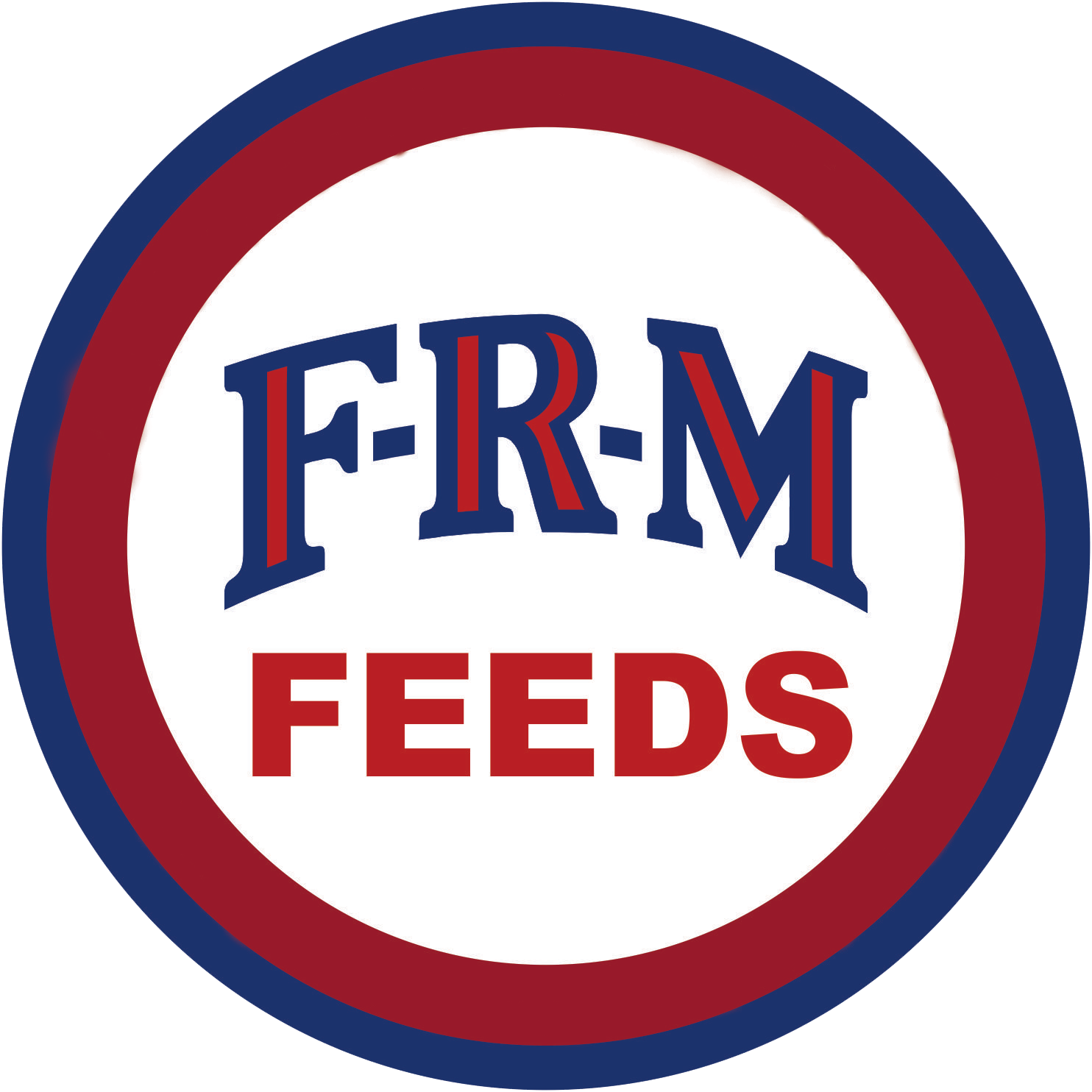Selecting the Right Mineral Supplement for Your Beef Cattle
Arturo Pacheco, PhD
For beef cattle to maintain health, optimal growth and reproduction a number of minerals are required. Selecting the correct mineral supplement can be an intimidating task. Since high quality forages and properly balanced supplements can furnish a portion of the required minerals, producers should select supplemental mineral packages that will meet animal requirements and avoid excesses which lead to unnecessary mineral excretion and lower profitability. Minerals not provided by forage or supplemental feed can be easily and inexpensively supplied with a simple mineral supplement. A good mineral program for brood cows should consider level of production and genetic potential. Let’s take a look at some basic mineral nutrition information for most forage programs in the south east to help you make the right choice in your mineral supplementation program.
Cattle require two classifications of minerals, macrominerals and microminerals. Macrominerals are found at levels greater than 100 parts per million (ppm) in the animal’s body, while microminerals (trace minerals) are found at levels less than 100 parts per million.
| Table 1. Mineral content of Bahiagrass and Bermudagrass pasture, and beef cow macro and micro mineral requirements. | ||||
| Bahiagrass | Bermudagrass | Lactating Cow Requirements | Dry Cow Requirements | |
| Calcium, % | 0.46 | 0.26 | 0.27 | 0.28 |
| Phosphorous, % | 0.22 | 0.18 | 0.18 | 0.17 |
| Magnesium, % | 0.25 | 0.13 | 0.20 | 0.12 |
| Potassium, % | 1.45 | 1.30 | 0.70 | 0.60 |
| Cobalt, ppm | 0.00 | 0.12 | 0.15 | 0.15 |
| Copper, ppm | 0.00 | 9.00 | 10.00 | 10.00 |
| Iodine, ppm | 0.00 | 0.00 | 0.50 | 0.50 |
| Manganese, ppm | 0.00 | 0.00 | 40.00 | 40.00 |
| Selenium, ppm | 0.00 | 0.00 | 0.10 | 0.10 |
| Zinc, ppm | 0.00 | 20.00 | 30.00 | 30.00 |
| NRC, 1996, Adapted from NRC. Nutrient Requirements of Beef Cattle, Seventh Edition. | ||||
As you can see in Table 1 forage alone often falls short of meeting the recommended calcium to phosphorus ratio of 2:1, as well as falling well short of meeting micromineral requirements. The actual mineral content of feeds, especially forages will vary throughout the growing season. Further the mineral content of stockpiled forage will leach dramatically during the dormant season. So, all feeds should be tested for actual mineral content. However, the mineral concentrations can be used as a guide when choosing a mineral supplement to complement a particular forage base. The calcium to phosphorus ratio in a mineral should be 2:1 to 4:1. Phosphorus supplementation may not be needed if forages have been fertilized with organic fertilizers (poultry litter) or when feeding high-phosphorus feeds such as cottonseed, cottonseed meal, distillers grains or corn gluten feed. Salt is not stored in the animal’s body and should be made available continuously. Salt is the only mineral that cattle crave, so if cattle have been without salt for extended periods of time plain salt should be offered along with a balanced mineral package. A mineral formulation should contain 15 to 22 percent salt. Magnesium should also be increased in the mineral formulation when grass tetany is a concern.
The most important points to consider when purchasing minerals are calcium to phosphorus levels, salt level, bioavailability (the rate at which a mineral can be absorbed) and level of “trace minerals” in the supplement. You can learn a lot about the mineral you are feeding by studying the mineral tag for a few minutes. Avoid minerals with a high inclusion of oxide-forms of mineral as they have low bioavailability. Cattleman’s Choice Elite Cow mineral is formulated with quality ingredients to meet the need of your commercial cow herd. In addition, the use of chelated minerals in mineral formulations such as in Cattleman’s Choice Elite Breeder Mineral, can be an excellent choice for the high production demands of seedstock cattle or commercial cows with superior genetic potential. Regardless of your cow herd’s mineral needs Flint River Mills has the right product for your cattle’s mineral supplementation needs. There is a lot to consider when implementing a mineral supplementation program, fell free to get in touch with your FRM representative to help you make the right choice in your mineral program.


SBGROUP Nepal